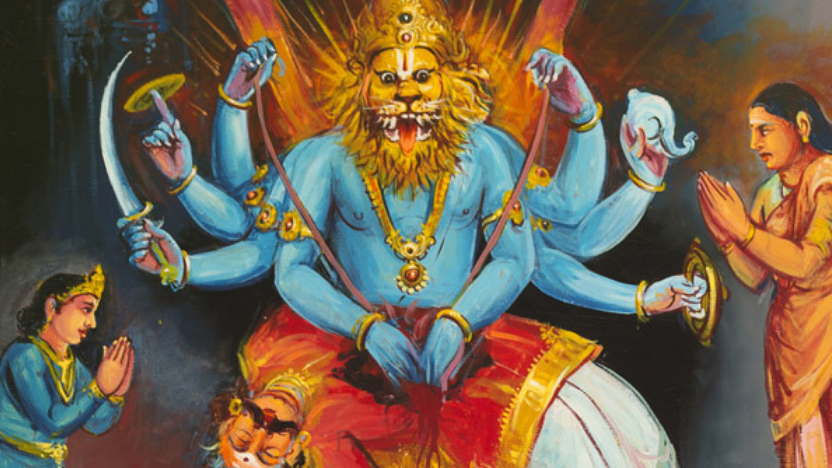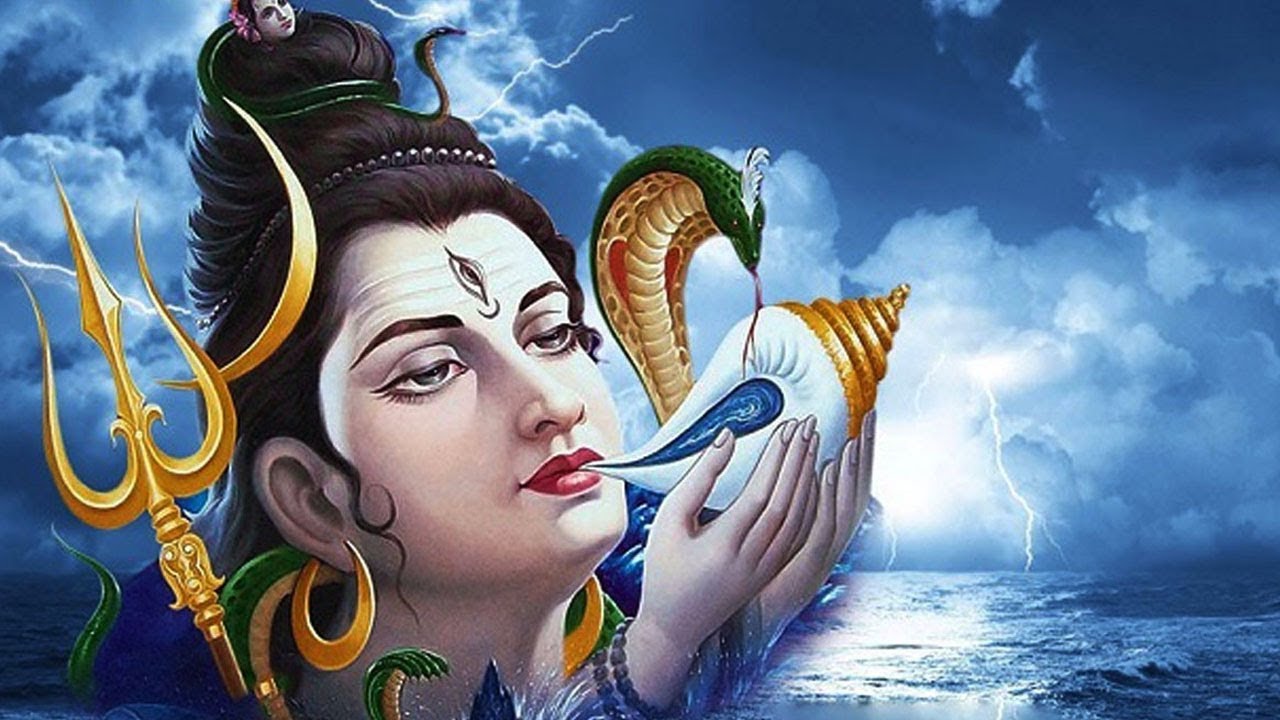
The story of Lord Vishnu and his Avatars
Lord Vishnu is one of the principal deities in Hinduism and is regarded as the preserver of the universe. Hinduism teaches that when chaos or evil threatens mankind, Vishnu will enter the world in one of his incarnations to bring about justice.
According to Hindu mythology, Lord Vishnu has ten avatars, known as Dashavatar. The avatars are intended to restore the dharma, the righteous path or universal rules, taught in the Hindu scriptures, regardless of the specific goal or location in time. Hinduism continues to use the tales, myths, and legends that depict the avatars as significant allegories.
The Satya Yuga, the first of the four Yugas and often known as "The Golden Age," was the setting for the first four incarnations of Vishnu. The next three happened during the Treta Yuga, the eighth and ninth during the Dwapara Yuga, and the tenth during the Kali Yuga.
Let's explore the ten Vishnu avatars' stories one by one.
- Matsya:
According to legend, Matsya was the avatar that saved the first man and other creatures of the earth from a massive flood. Matsya is sometimes shown as a large fish or as a human torso attached to a fish's tail.
Matsya is said to have forewarned man about the coming flood and ordered him to preserve all the grains and living creatures in a boat. This story is similar to many deluge myths found in other cultures.
- Kurma:
The Divine Nectar known as Amrita, which grants immortality, was once desired by all Gods and Demons. They intend to churn the Great Ocean of Milk as suggested by Lord Vishnu.
They required a churning pole, so they decided on Mount Mandara to serve as one. The huge serpent Vasuki was then selected as the churning rope. But when they landed the Mandara in the milk ocean, it started drowning in the ocean.
Lord Vishnu assumed the shape of a massive tortoise at this very moment. The tortoise assisted in the completion of Manthan by carrying Mount Mandara on his back.
- Varaha:
In his third avatar, Lord Vishnu took the form of a boar to rescue the earth goddess, Bhumi Devi, from the demon Hiranyaksha. Hiranyaksha had abducted Bhumi Devi and hidden her in the depths of the ocean. Lord Vishnu defeated the demon and lifted the earth out of the ocean on his tusks.
- Narasimha:
According to legend, the demon Hiranyakashipiu received a blessing from Brahma stating that he could not be killed or injured in any way. Now arrogant in his security, Hiranyakshipiu began to cause trouble both in heaven and on earth.
But Prahlada, his son, had a strong devotion to Vishnu. When the demon one day challenged Prahlada, Vishnu appeared as Narasimha, a lion-man, and slew the demon.
- Vamana:
In his fifth avatar, Lord Vishnu took the form of a dwarf Brahmin, Vamana. He went to the demon king Bali, who was performing ashvamedha yagya, and asked for three steps of land as a gift. Bali granted the request, but Vamana grew to a gigantic size and covered the earth and sky in two steps. The third step was placed on Bali's head, which pushed him to the netherworld.
- Parashurama:
In the Parashurama avatar, Vishnu takes the form of an angry Brahmin who descends to destroy the arrogant Kshatriya kings who do not appreciate the elevated social rank accorded to Brahmins.
In order to restore social order, Vishnu comes as a man with an axe. There are temples dedicated to him throughout India where he is often depicted holding an axe and a lotus bud. SThe word Parashurama means Rama with an axe in Sanskrit. The brutal revenge that Parashurama exacted for the Kshatriya who killed his father is well remembered. He murders every male Kshatriya on earth 21 times in a row (for, each time, their wives survived and gave birth to new generations). Their blood had filled five lakes.
- Rama:
Hinduism's most revered god, Lord Rama, is Vishnu's seventh incarnation. He is recognised as King of Ayodhya, the town where Shri Rama is thought to have been born, and he serves as the protagonist of the classic Hindu epic "Ramayana."
According to the Ramayana, Rama’s father was King Dasaratha and his mother was Queen Kausalya. Rama was born at the end of the Second Age, sent by the gods to do battle with the multi-headed demon Ravana.
Rama is frequently seen with a bow and arrow while standing with blue skin.
- Krishna:
One of the most adored gods in Hinduism, Lord Krishna is Vishnu's eighth incarnation. The Bhagavad Gita, a well-known poetry, is said to have been recited to Arjuna by Krishna while they were on the battlefield.
Krishna is portrayed in many different ways since he is the subject of several stories. Krishna is shown in his kid form and as a divine lover who plays the flute in the most popular version of the tale. Krishna frequently appears in art with blue skin, a peacock feather crown, and a yellow loincloth.
- Balarama:
Krishna's elder brother, according to folklore, is Balarama. He and his brother are said to have participated in a lot of adventures. Balarama is hardly ever worshipped on his own, but tales about him are usually influenced by his incredible strength.
He often has light skin in pictorial depictions, as opposed to Krishna's dark complexion.
In a number of versions of the mythology, Lord Buddha is thought to be the ninth incarnation. However, this was an addition that came after the dasavatara was already established.
- Kalki:
The last incarnation of Vishnu is called Kalki (which means "eternity" or "powerful warrior"). He is not supposed to show up until the end of the Kali Yuga, the present era. In accordance with popular belief, Kalki will arrive to free the world from the oppression of evil tyrants. He will supposedly ride up on a white horse while wielding a fiery sword.
These are the ten avatars of Lord Vishnu, each with their unique stories and messages. These avatars are related to one another. Characters are introduced sequentially from one yuga to the next. Dashavatar may thus be a myth, but their relationship to one another and the order of the events indicate that they are not only myths but rather actual events that took place at a time that is very distant from our experience.

